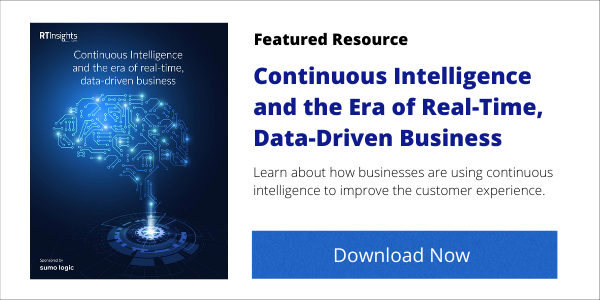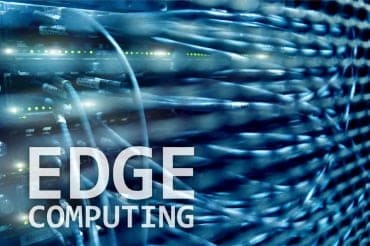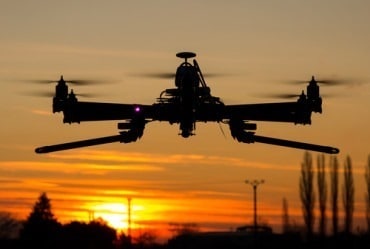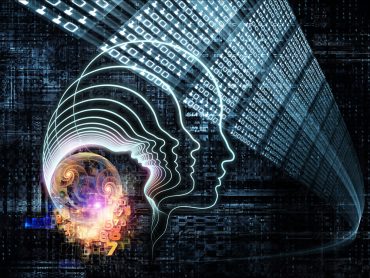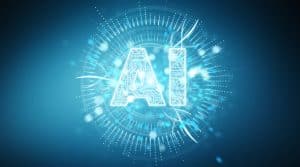
As companies seek ways to use artificial intelligence they will find AI is best applied to tasks that humans can’t do as well or don’t want to do at all.
The technological dreams of humans when it comes to artificial intelligence typically start with the self-centered “what does it mean to me?” As individuals, we want to know how and when technology will change things for us, our life, and our workday.
That was the case with the automobile, the television, the computer, and more.
The auto was little more than a toy before companies like Ford created new manufacturing and marketing models. A tire company called Michelin then developed guidebooks to show drivers where to go. When people were fascinated with the miracle of TV, it wasn’t Philo Farnsworth’s actual invention but the entertainment companies and advertisers that hooked us.
Download Infographic Now: The 5 intelligence gaps curbing your climb to digital successSo it is with AI and machine learning, already part of our daily lives in search and social media.
Where will AI and the companies that use it take us in the future? How will it fit into our lives?
Techies at research company BBN recently peeked at how AI will change our lives in the coming years. Their focus tended toward networking, particularly 5G. After all, communication has been core to BBN dating back to Arpanet back in the 1960s.
See Also: Continuous Intelligence Insights
Where are the changes?
Let’s look at their predictions, along with some opportunities that consumer-focused tech opens for businesses.
Think of AI as enabling 5G, and 5G then enabling new applications. Every every carrier and phone company is pushing 5G. BBN – citing Qualcomm — says will deliver improved service quality, better mobility management, and localization. 5G also promises better network efficiency, easier deployments, and tighter security.
BBN author Imtiaz Adams said the era of 5G will “will be a world where cloud servers will continue to be used, and also one whereby we witness the rise in prominence of AI on the edge (on device) where the data is generated enabling real-time (or very near real time) responses from intelligent devices.”
Now, combine 5G and AI to fuel machine-to-machine communications. BBN highlights the new opportunities for autonomous systems such as self-driving cars, new types of robots, and drones. All those rely on data from intelligent sensors throughout IoT networks. AI and 5G also can drive virtual and augmented reality to the next level, enabling enterprise digital transformation.
Adams also cited the promise of “improving healthcare with personalized medicine, finance with better services for the customer, marketing with enhanced personalization and better service to the customer, plus smarter and more efficient manufacturing”. That prediction came with a really big “IF”. It requires that political leaders and regulators “actually understand the scale of change that will arise and ensure that the regulatory frameworks and infrastructure are optimized to enable the deployment of AI”.
Here are some examples of how a business can improve its bottom line with AI-based applications:
AI use in retail
Few retailers can duplicate what the retail giants – particularly Amazon – do in terms of using AI to anticipate customer needs and managing their supply chain. However, no retailers can ignore the move to AI.
Richard Kestenbaum, co-founder of merger and finance group Triangle Capital LLC, said in a recent article for Forbes, ” When I talk to retailers about artificial intelligence, their eyes glaze over, like I’m speaking a foreign language and very few people want to talk about it. But it’s coming, it’s unavoidable. AI is going to pervade almost every aspect of retail, big and small.”
Kestenbaum went on to outline how an AI-based application could save on electricity by helping to manage challenges such as lighting and refrigeration costs. He noted how Publix stores are using AI software to better understand how often freezer doors in the back of the store are opened, and thus reduce the number of necessary staff visits. He said a 50,000-sq ft Publix store is saving $60,000 per year by better managing issues such as the open freezers.
That $60,000 would allow a Publix store to hire a new employee to improve consumer service and the store’s competitive position.
Banking
Those who remember when banking involved long teller lines, savings passbooks and limited hours of bank account access have a sense of how banking has changed with computers, smartphones and the internet. More change is on the way.
In a recent article in International Banking, Franck Coisnon, Group Industry Director for digital transformation company Atos, outlined the types of AI impacting the banking sector: “There are many forms to choose from, but here we consider four main types: voice and facial recognition; natural language processing; machine learning; and deep learning.
Here are just a few of the areas where AI can be applied in banking:
- Customer service. AI can analyze the thousands of client emails now handled manually and provide an appropriate answer with a suggested action item.
- Sales and customer intelligence. “AI is used to gather and analyze data and intelligence from customers, providing business development teams with unique insights, sales pipeline and recommendations for the ‘best next action’ to develop the relationship and push sales.” Wrote Coisnon.
- IT services. “AI can showcase where or if an application is likely to fail, increasing usefulness and resilience of IT infrastructures,” he added.
- Fraud prevention. “AI is becoming more and more vital in managing fraud effectively. This can be done by detection and elimination of payments with elements of fraud or claims,” said Coisnon.
- Cyber security. Every company in every industry is concerned about cyber attacks. Yet, in banking they are particularly scary there’s money to be stolen by hackers and money to be lost through system outages. Think how predictive analytics can secure a bank.
AI in agriculture
Company leaders who aren’t in the wine-making business can learn from the vineyards, and that applies to those outside of agriculture as well.
“Anything humans can observe with their eyes a computer can be taught to see as well,” wrote Tom Shapland, Ph.D. is the CEO and co-founder of agricultural software company Tule Technologies in his recent article.
Tule is working with vineyards to introduce vehicle-mounted camera systems leveraging today’s advances in computer vision. Initially, the camera system will count grape clusters throughout a vineyard. But it has the potential to do what humans do in the vineyard, searching for problems such as pests, disease, and water stress. Think of computer vision as a system that takes images as inputs and learns to spot patterns such as problems or healthy produce.
It’s all about focus
When AI was moving from the world of fantasy to reality, plenty of people envisioned a world where robots and computers commanded our lives. (OK, some uses for Alexa do get a bit out of hand).
However, the examples above highlight some of the ways that AI can help humans accomplish somewhat focused tasks. If AI’s progression path follows that of many previous technologies it’s a sure bet that many corporate executives and board members will be demanding enterprise-wide AI strategies.
In reality, advances in AI applications are more likely to happen when individual line managers or workers look at a single problem that is chewing up too much worker time or resources. AI in a case such as energy management or diseased grapes may not fix the problem on its own. But it may spot an issue faster than a human can, and then leave it to the humans to mitigate the problem.
